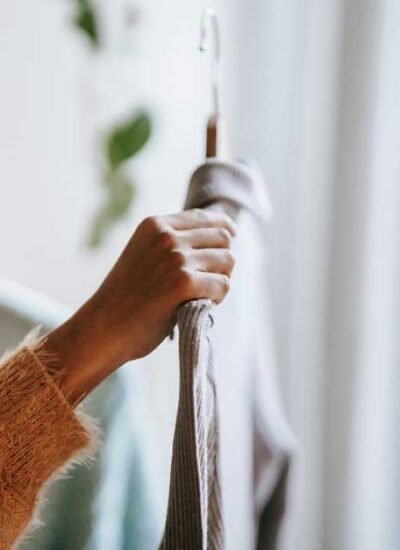The frustration of a cluttered closet filled with unworn clothes is a common experience. Whether it’s impulse purchases, sale rack temptations, or items bought for a lifestyle that doesn’t quite match reality, many people find themselves asking why they own so much yet wear so little. Building an intentional closet is about shifting from reactive shopping to thoughtful curation. It’s a mindset that prioritizes clarity, purpose, and personal style over accumulation. By making more conscious decisions, you can create a wardrobe that truly serves you; one that reflects your life, your taste, and your values.
Understand Your Style and Lifestyle
The first step in curating an intentional closet is understanding what you actually wear and why. Take inventory of your daily routines, work environment, social activities, and climate. If your lifestyle is mostly casual, but your closet is filled with formal wear, there’s a disconnect that needs addressing. Similarly, if you’re drawn to bold prints but rarely wear them, it’s worth exploring whether those purchases reflect your true style or a momentary attraction. A wardrobe should support your life, not complicate it. When you align your clothing choices with your real needs and preferences, you naturally reduce the number of unworn items.
Shop With a Plan, Not on Impulse
Impulse shopping is one of the biggest contributors to closet clutter. Sales, trends, and emotional purchases often lead to items that never quite fit into your wardrobe. To avoid this, approach shopping with a plan. Keep a running list of pieces you genuinely need or want to replace. Before buying anything new, ask yourself how it complements what you already own. Can you style it in at least three different ways? Does it fill a gap in your wardrobe or duplicate something you already have? Shopping with intention helps you stay focused and prevents the accumulation of items that don’t serve a purpose.
Prioritize Fit and Feel
Even the most stylish garment will go unworn if it doesn’t feel good to wear. Fit and comfort are essential to making sure clothes don’t just hang in your closet. When trying on new pieces, pay attention to how they move with your body, how the fabric feels against your skin, and whether you can see yourself reaching for them regularly. This is especially important when shopping for seasonal or specialty items like swimsuit cover ups for women over 50, which should offer both style and ease. Look for breathable fabrics, flattering cuts, and designs that make you feel confident and comfortable. When clothes fit well and feel good, they become staples rather than regrets.
Edit Your Closet Regularly
An intentional closet evolves with you. Regularly editing your wardrobe helps you stay connected to what you actually wear and love. Set aside time each season to review your clothing. Remove items that no longer fit, feel good, or suit your current lifestyle. If you haven’t worn something in over a year, ask yourself why. Was it a poor fit? A color that doesn’t flatter? A style that no longer resonates? Letting go of these pieces creates space for items that truly belong. It also helps you identify patterns in your shopping habits, which can inform better decisions moving forward.
Build a Wardrobe Around Core Pieces
Instead of chasing trends, focus on building your wardrobe around timeless, versatile core pieces. These are items that can be styled in multiple ways and worn across different settings. Think of a well-fitting pair of jeans, a classic white blouse, a tailored blazer, or a neutral-toned sweater. When your closet is anchored by reliable basics, it becomes easier to mix and match, reducing the need for excess. You can then layer in seasonal or statement pieces more intentionally, knowing they’ll complement your foundation. This approach not only simplifies your wardrobe but also enhances your personal style.
Conclusion
Creating an intentional closet is a powerful way to reclaim control over your wardrobe and your shopping habits. By understanding your lifestyle, shopping with purpose, prioritizing fit and comfort, and regularly editing your closet, you can stop buying clothes that never get worn. The result is a wardrobe that reflects who you are, supports how you live, and brings ease and confidence to your daily routine. With thoughtful choices and a clear sense of style, your closet becomes a tool for self-expression rather than a source of frustration.





Leave a Reply